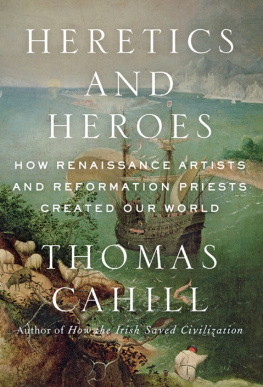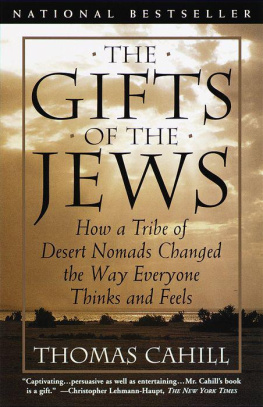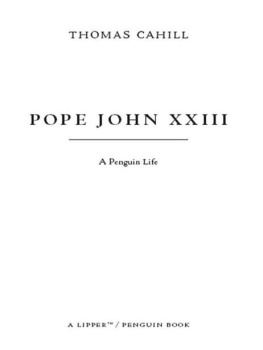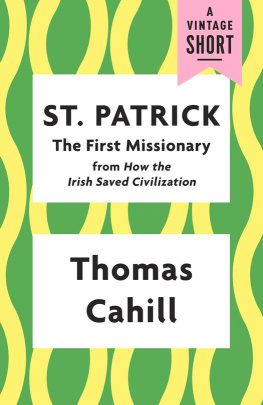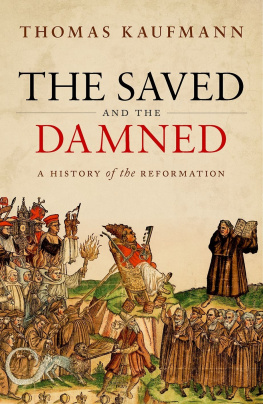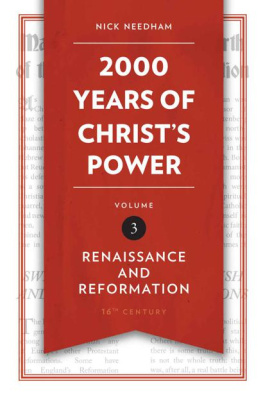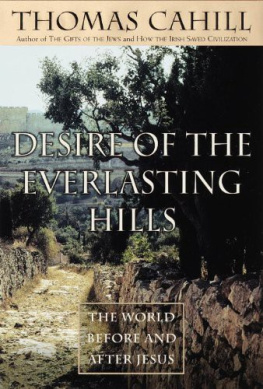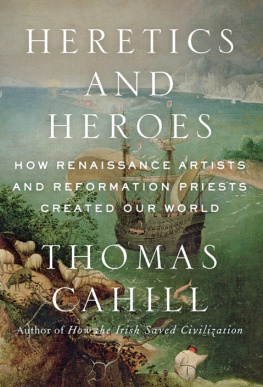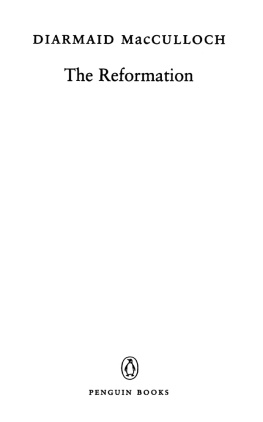PERMISSIONS ACKNOWLEDGMENTS
Text Credits
Grateful acknowledgment is made to the following for their permission to reprint previously published material:
Modern Library, an imprint of Penguin Random House, for the passages from Collected Poems by W. H. Auden edited by Edward Mendelson, copyright 1976, 1991, 2007 by the estate of W. H. Auden.
Scribner, an imprint of Simon & Schuster, for the passages from The Collected Works of W. B. Yeats, Vol. 1: The Poems, 2nd Edition, edited by Richard J. Finneran, poems copyright 1982, 1989 by the Executors of the Estate of Grainne Yeats.
Stanford University Press for the passage from The Letters of Michelangelo [vol 1: 14961534; vol 2: 15371563] edited and translated by E. H. Ramsden.
Yale University Press for the passages from Romans (The Anchor Bible Commentaries): A New Translation with Introduction and Commentary by Joseph A. Fitzmyer.
Zondervan for the passage on William Tyndale and the translation of the Bible into English, originally written as an introduction to Zondervans proposed edition of the King James Version.
Illustration Credits
: copyright The Metropolitan Museum of Art / Art Resource, NY.
: Album / Art Resource, NY.
Illustrations in the Text
: bpk, Berlin / Kupferstichkabinett, Staatliche Museen, Berlin, Germany / Jrg P. Anders / Art Resource, NY.
ACKNOWLEDGMENTS
Each volume in the Hinges of History series has presented its own challenges to the author, but no volume has been so challenging as this one. I might have despaired of ever finishing my task had it not been for a heavenly choir of early readers, each expert in one field or another, who were able to review my drafts and make essential corrections and improvements to the text. The members of this choir (who do not always sing with one voice) are my wife Susan Cahill, John E. Becker, Lawrence W. Belle, Michael D. Coogan, Paul Dinter, Susann Gruenwald-Aschenbrenner, Benjamin Larzelere III, Mario Marazziti, Martin E. Marty, James M. Morris, Gertrud Mueller Nelson, Gary B. Ostrower, James S. Shapiro, John Shinners, Donald Spoto, Burton Visotzky, and Robert J. White. Pastor Larzeleres wife, Bev, contributed the Good Ol Marty Luther song, which she sang unashamedly in a New York City diner. What errors and flaws remain, however, are mine alone, and may not be laid at the door of any of my readers and contributors.
My publisher/editor, Nan A. Talese, shepherded all matters with her customarily graceful aplomb. The editorial interventions of my paperback publisher, LuAnn Walther, were also of profound importance. Nans assistant editor, Ronit Feldman, and editorial assistant, Dan Meyer, were essential players. I was particularly blessed in Barbara Flanagan and Rosalie Wieder, my copy editors; Nora Reichard, my production editor; Emily Mahon, the jacket designer; and Maria Carella, the text designer. Jen Marshall, my publicist, and John Pitts, my marketing director, are both old friends, neither of whom I could possibly do without. All authors are in the debt of their publishers sales force, but none more than I.
My literary agent, Lynn Nesbit, and her able colleagues, Bennett Ashley and Cullen Stanley, will always have my profound gratitude, as does my preternaturally able assistant, Sarah Palmer.
BY THOMAS CAHILL
THE HINGES OF HISTORY
Introductory Volume:
How the Irish Saved Civilization
The Making of the Ancient World:
The Gifts of the Jews
Desire of the Everlasting Hills
Sailing the Wine-Dark Sea
The Making of the Modern World:
Mysteries of the Middle Ages
Heretics and Heroes
One additional volume is planned on
the making of the modern world.
ALSO BY THOMAS CAHILL
A Literary Guide to Ireland (with Susan Cahill)
Jesus Little Instruction Book
Pope John XXIII
A Saint on Death Row
A Note About the Author
Thomas Cahills appealing approach to distant history has won the attention of millions of readers in North America and beyond. Cahill is the author of five previous volumes in the Hinges of History series: How the Irish Saved Civilization, The Gifts of the Jews, Desire of the Everlasting Hills, Sailing the Wine-Dark Sea, and Mysteries of the Middle Ages. They have been bestsellers not only in the United States but also in countries ranging from Italy to Brazil. His last book was A Saint on Death Row.
Other titles by Thomas Cahill available in eBook format
Desire of the Everlasting Hills 978-0-307-75510-0
The Gifts of the Jews 978-0-307-75511-7
How the Irish Saved Civilization 978-0-307-75513-1
Jesus Little Instruction Book 978-0-307-80758-8
Mysteries of the Middle Ages 978-0-307-75514-8
Sailing the Wine-Dark Sea 978-0-307-75512-4
A Saint on Death Row 978-0-385-53015-6
Visit: www.thomascahill.com
Like: www.facebook.com/thomascahillauthor
For more information, please visit www.nanatalese.com
I
NEW WORLDS FOR OLD
INNOVATION ON SEA AND LAND

There is something in the wind.
The Comedy of Errors
Winter completes an age
With its thorough levelling;
Heavens tourbillions of rage
Abolish the watchmans tower
And delete the cedar grove.
As winter completes an age,
The eyes huddle like cattle, doubt
Seeps into the pores and power
Ebbs from the heavy signet ring;
The prophets lantern is out
And gone the boundary stone,
Cold the heart and cold the stove,
Ice condenses on the bone:
Winter completes an age.
T hus the perspicacious W. H. Auden in For the Time Being. Like seasons, ages are seldom so precise as to end abruptly, while allowing another age to commence. Few events of European history have been as final as the Black Death in bringing to an end one age (which we might call the Innocently Playful Medieval) and bringing into view another (which we might call the Colder Late MedievalEarly Renaissance). But even at this interstice, old forms and old mental states hang on, while new forms and new mental states peek uncertainly into view. Locality often determines how boldly or timidly the new will come to supplant the old; and localities can find their integrity, even their ancient right to existence, open to question. (This village has always been crown territory. But which crown, Englands or Frances? Which religion, Christian or Muslim? Oh, and where, pray, is the boundary stone, the definitive separation between Us and Them?)
At such a crossroads, it is difficult if not impossible to see much farther than ones nose: the watchmans tower is down and the prophets lantern out. Those who occupy traditional seats of powerthose who use signet ringsmay begin to find their perches less stable and secure, more open to question. The ordinary bloke, the commoner attempting to make his way in the world, is all too likely to experience a new if vague sense of unease, of doubt seeping into his pores like unhealthy air. It is not a time of dancing and embracing but of stepping back and taking stock. Yet life goes on: men travel and make deals, as they have always done; monarchs make decisions, as they have always done, with far-reaching and often unpredictable consequences.

